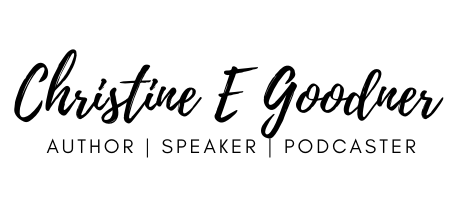This week’s episode of the Time to Practice podcast is the second in a two-part…
Supporting Teens & Approaching Practice with Gratitude: A Conversation with Amy Beth Horman (Part 1)
This week’s episode of the Time to Practice podcast is part of a two-part interview with violinist and pedagogue Amy Beth Horman.
Here is a bit of her bio from her teacher page at the San Francisco Conservatory of Music
“A passionate teacher and performer, Amy Beth Horman has enjoyed an active solo career as a soloist and recitalist throughout the US and Europe. She made her debut with the National Symphony at age 15, performing the Tchaikovsky Concerto. A graduate of the Paris Conservatory of Music, her students, whom she currently teaches at the San Francisco Conservatory of Music and in her private studio, have an impressive list of achievements.
She is the creator and host of “Beyond the Triangle,” a podcast focused on the art of raising young classical musicians and violin breakfast which she will tell us more about.

We had such a fascinating conversation about practice, both from her perspective, which you will hear today, but also about how she works with and talks about practice with her daughter Ava and with her students (which we’ll get into more in next week’s episode). I found this conversation fascinating and I can’t wait for you to join us!
To Listen to the full episode with Amy Beth Horman you can find the Time to Practice Podcast on Apple Podcasts, Audible , Google Podcasts, or your favorite podcast platform. You can Listen directly through the link below:

Supporting Teens & Approaching Practice with Gratitude: A Conversation with Amy Beth Horman (Part 1) – Time To Practice
Highlights of our conversation with Amy Beth Horman include:
On memories of practice when she was young:
“to me it felt like building a puzzle or a structure or, you know, I would learn notes and then I would go back and try them again and play them in rhythms or turn the metronome on and start an acceleration from slow tempo to medium tempo. And I would just systematically start moving in a direction in the practice. And I knew that my mother was listening, but she wouldn’t say anything. She was just cooking dinner. And then when I was done, I would go into the kitchen and she would say very encouraging things, uh, like that sounded productive. How do you feel? And it was just such an important time for us because she was there, but she wasn’t hovering and she was also doing something that was really meant to nurture all of us and nourish us. She was making dinner, the smells and the steam coming out of the kitchen.”
On a rule Amy Beth Horman made for herself at a time when she was performing a lot and raising very young children:
“I thought, you know, here I am, turning it (violin practice) into almost a chore, and it’s a privilege to play these concerts. So if I’m going to play the concerts, I need to respect this energy that I have with the instrument. So I made a little rule for myself, which was that when I touched the violin or when it, as I said to my students, when it reaches my shoulder, when that tap happens, I try and shift into a place of gratitude where I remember that it is a blessing for me to make this beautiful music. And if I lose track of that feeling, I put the violin down no matter how much I’ve been practicing so far. And I started doing that. And I’m, I’m very good at making these little rules for myself and sticking with them because I’m curious about what will come. And so I did this for a week or two, and I recognized within that timeframe that it would completely change my relationship to practice again. And that shift was, I think, the only reason I was able to perform as long as I have.”

On how she helps her teen and pre-teen students adopt that mindset:
“It’s important to shift into that. We talk about gratitude a lot, but it’s really easy to lose track of how thankful we should be to have this connection to sound that without having to actually speak words, we can sort through feelings that we can tell stories and that we can heal ourselves from things that have bothered us through the week or through the years that it’s so cathartic to play. This is a gift, and it’s very easy to lose track of that. And I think, especially in today’s society where, you know, the children that I see in that age group are, are very scheduled, and have lots of, uh, afterschool activities. And so it almost makes sense that violin or that music or practice would be put inside a box with a big check mark waiting to happen. And it isn’t that – I definitely don’t wanna say we don’t use charts or that we don’t use check marks around here because we have to, to keep track of what we’re doing. But, you know, our connection to the instrument is far greater than a check mark .”
Links in this episode:
This episode is brought to you by the Time to Practice Pep talk series. Our next event is for Instrumental teachers and more information can be found HERE
Connect with Amy Beth Horman here: https://sfcm.edu/study/faculty/amy-beth-horman
Instagram: www.Instagram.com/hormanviolinstudio
Connect with Christine on Instagram: www.Instagram.com/SuzukiTriangle
Email Christine: TimetoPracticePodcast@goodnerviolingmail-com
Transcript of this Interview:


This Post Has 0 Comments